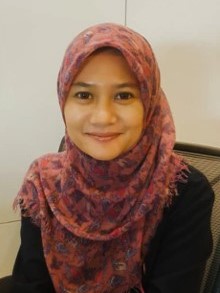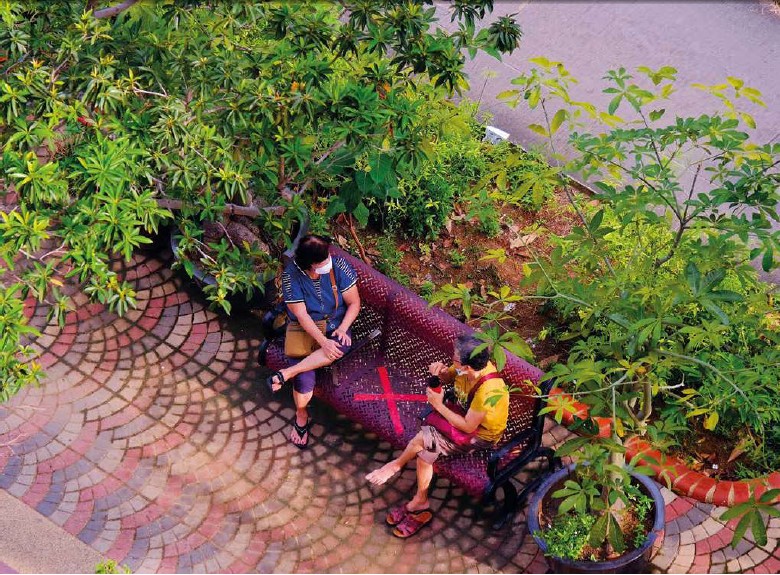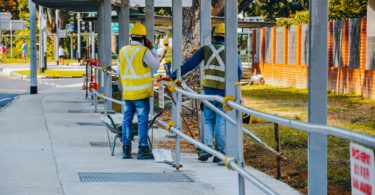By Sazlin Sabri
Over the past 18 months, we have all learnt to live with the COVID-19 pandemic. As life begins to return to some degree of pre-COVID normalcy, a multifaceted image of how our spaces and places will look and feel emerges. There have been some valuable lessons from the pandemic and some favourable trends that may endure. As policymakers and society contemplate building back better, these lessons need to be part of the conversation.
Due to density and mobility factors, urban areas and cities have been more harshly impacted. As we emerge from the prolonged lockdown, building more inclusive, healthy, functional and productive cities will continue to be a significant challenge with no simple solutions. However, several factors can act as catalysts for recovery. There are multiple considerations, including how we experienced the adverse effects of lockdown, the positive changes that should remain, and the lessons learned to make places more resilient and adaptable to future pandemics.
THE RISE OF LOCAL NEIGHBOURHOOD
We have spent more time in our neighbourhoods during the pandemic, and our movement has been limited to work and outdoor socialising. Kitchens and living rooms have been transformed into classrooms, home offices, meeting rooms and home-based F&B grounds. Social visits have shifted away from homes, cafés and restaurants toward parks and doorsteps. Online/digital conferences and e-commerce platforms have been used more than ever.
Subscribe here to read the full article!

Sazlin Sabri
Sazlin is a Manager of Culture-based Economic Development flagship at Think City, an impact organisation with the mission of making cities more people-friendly, resilient, and liveable. Currently co-leading one of Think City’s four primary areas of expertise, namely Conservation & Adaptive-Reuse, her primary responsibilities include managing conservation and public realm improvement projects in the heritage city, as well as the development and implementation of secondary city regeneration physical improvements. With a strong interest in the relationship between historic urban landscape and sustainable development and communities, particularly on how to improve the quality of the urban environment and citizens’ quality of life through cultural heritage, she believes that genuine engagement is the most effective way to achieve long-term change through shared ownership of places and decisions. Before joining Think City, she practised architecture in one of the architectural firms in Kuala Lumpur.

 Malaysia
Malaysia Hong Kong
Hong Kong Indonesia
Indonesia Tiếng Việt
Tiếng Việt ประเทศไทย
ประเทศไทย










